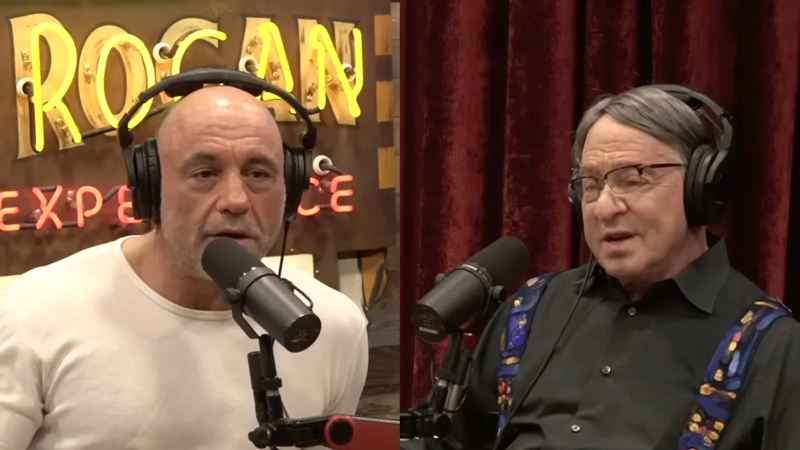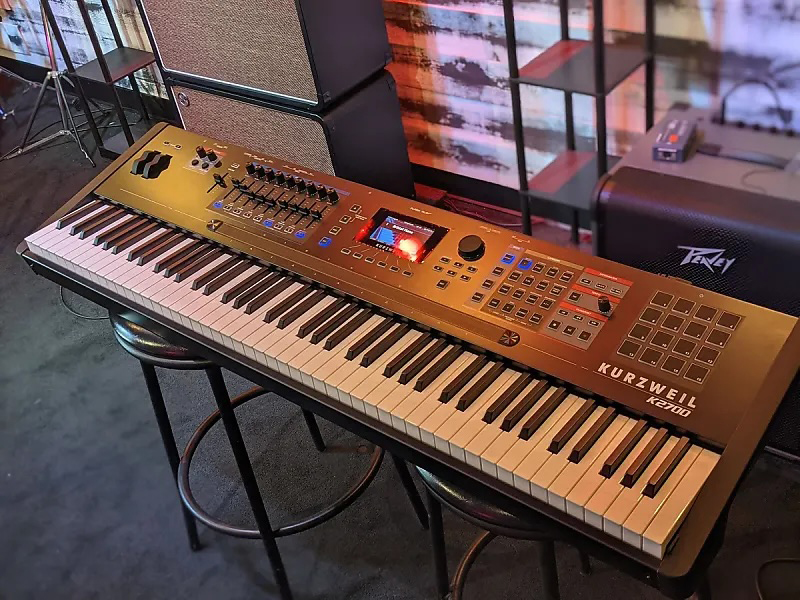
The Visionary Virtuoso: Ray Kurzweil’s Journey from Reading Machines to Revolutionizing Music and AI

Ray Kurzweil, a renowned inventor, futurist, and computer scientist, has made significant contributions to various fields, including assistive technology for the blind, music synthesis, and artificial intelligence. His groundbreaking work has not only improved the lives of countless individuals but has also pushed the boundaries of what we believe is possible with technology.
It was my privilege to sit on the board of the National Federation of the Blind with Ray. My contribution was Scotos, a handheld device that could read signs for the blind to navigate throughout the world. This eventually became an app for iPhone and Android devices.
One of Kurzweil’s earliest and most impactful inventions was the Kurzweil Reading Machine, introduced in 1976. This device, designed specifically for the blind community, could read text aloud using advanced optical character recognition (OCR) technology. Kurzweil worked closely with a team of blind engineers and scientists from the National Federation of the Blind to develop this life-changing product. His dedication to improving accessibility for the visually impaired led to a long-standing collaboration with the organization, of which you had the privilege of serving on the board alongside him.
Kurzweil’s passion for music and technology led him to create Kurzweil Music Systems in the early 1980s. In 1984, the company released the Kurzweil 250, the first computerized instrument capable of realistically emulating the sounds of a grand piano and other orchestral instruments[5]. This groundbreaking synthesizer used advanced signal processing and pattern recognition algorithms to model the complex interactions of piano strings rather than relying on pre-recorded samples. The Kurzweil 250 was a game-changer in the music industry, bridging the gap between the rich sounds of acoustic instruments and the control and editing capabilities of digital ones.
Throughout his career, Kurzweil has been driven by the belief that pattern recognition is a fundamental aspect of human intelligence and that by developing machines capable of recognizing patterns, we can create technologies that augment and enhance human abilities[5]. This philosophy has guided his work in various fields, from assistive technology to music synthesis and artificial intelligence.
In recent years, Kurzweil has been working as a Director of Engineering at Google, where he leads a team focused on teaching computers to understand and process language in a more meaningful way. By leveraging the inherently hierarchical nature of language, Kurzweil believes that machines can be taught to comprehend the actual meaning behind words and concepts rather than simply relying on keyword-based searches. This work has the potential to revolutionize how we interact with and benefit from artificial intelligence in the future.
Ray Kurzweil’s visionary work has not only had a profound impact on the lives of those with disabilities but has also pushed the boundaries of what is possible in the realms of music technology and artificial intelligence. His unwavering commitment to using technology to enhance and augment human abilities continues to inspire and shape the future of innovation.
Kurzweil K2700: The Ultimate Synthesizer Workstation for Digital Musicians
 It is now about 12 years since I bought my first new-age synthesizer. It was the KORG M3 which was far more capable than me. As a digital musician, I am always on the lookout for instruments that offer unparalleled versatility, cutting-edge features, and exceptional sound quality. The Kurzweil K2700 is a synthesizer workstation that delivers on all fronts, making it an indispensable tool for composers, sound designers, and performing keyboardists alike.
It is now about 12 years since I bought my first new-age synthesizer. It was the KORG M3 which was far more capable than me. As a digital musician, I am always on the lookout for instruments that offer unparalleled versatility, cutting-edge features, and exceptional sound quality. The Kurzweil K2700 is a synthesizer workstation that delivers on all fronts, making it an indispensable tool for composers, sound designers, and performing keyboardists alike.
At the heart of the K2700 is its powerful sound engine, boasting 256 voices of polyphony powered by Kurzweil’s renowned V.A.S.T. architecture. This represents a fivefold increase over previous K2 series models, providing ample headroom for even the most complex and layered performances. The factory sound library is equally impressive, with over 4.5 GB of meticulously crafted sounds spanning pianos, electric pianos, synths, orchestral instruments, and more. The attention to detail is evident in the optimized German D and Japanese C7 piano samples, as well as the classic ’73 and ’77 electric piano emulations.
One of the standout features of the K2700 is its FlashPlay technology, which enables lightning-fast sound loading with zero wait times. For live performers, this is a game-changer, allowing seamless patch changes without any awkward pauses. The generous 3.5 GB of user sample memory lets you load your own custom samples, further expanding the K2700’s sonic palette.
Sound designers will be thrilled by the K2700’s V.A.S.T. editing capabilities, which offer 32 layers per program and a wide array of modular DSP tools, including new oscillators, filters, and effects[1]. The inclusion of a 6-operator FM engine adds another dimension to the synth’s sound design potential, while the deeply customizable MIDI control options in the 16-zone Multi mode open up endless possibilities for expressive performances.
The K2700’s onboard 16-track sequencer is a welcome addition for composers looking to create complete tracks without the need for an external DAW. The ability to import MIDI files and songs from other Kurzweil models ensures seamless integration with existing workflows.
From a performance standpoint, the 88-note fully-weighted keyboard with aftertouch provides an expressive and responsive playing experience. The comprehensive array of hands-on controls, including a ribbon controller, sliders, knobs, and pads, allows for intuitive real-time sound manipulation. The 1/4″ – XLR combo inputs with dedicated effects are perfect for processing external audio sources, further expanding the K2700’s versatility in live settings.
While the K2700’s interface may not be touchscreen-based, the large color display and dedicated navigation buttons offer a user-friendly experience. The included PC/Mac editor and iPad/iPhone sound manager app streamline patch management and deep editing tasks.
In terms of drawbacks, some users may find the action a bit heavy for certain synth techniques, and the lack of pitch/mod wheels could be an issue for players accustomed to that control scheme. Additionally, the learning curve for deep programming can be steep, but this is to be expected with an instrument of this complexity.
In conclusion, the Kurzweil K2700 is a dream machine for digital musicians seeking the ultimate synthesizer workstation. Its extensive sound library, powerful synthesis and sampling engines, intuitive hands-on control, and robust sequencing capabilities make it an instrument that can handle virtually any musical task with ease. While it may not be the most portable or affordable option, the K2700’s unrivaled versatility and exceptional sound quality make it a top choice for serious keyboard players, composers, and sound designers looking to push the boundaries of their craft.


Be the first to comment